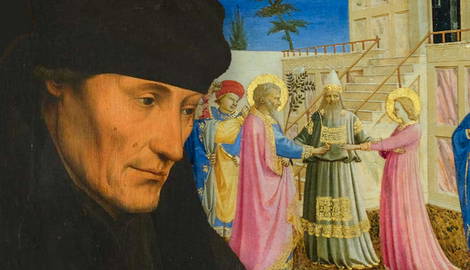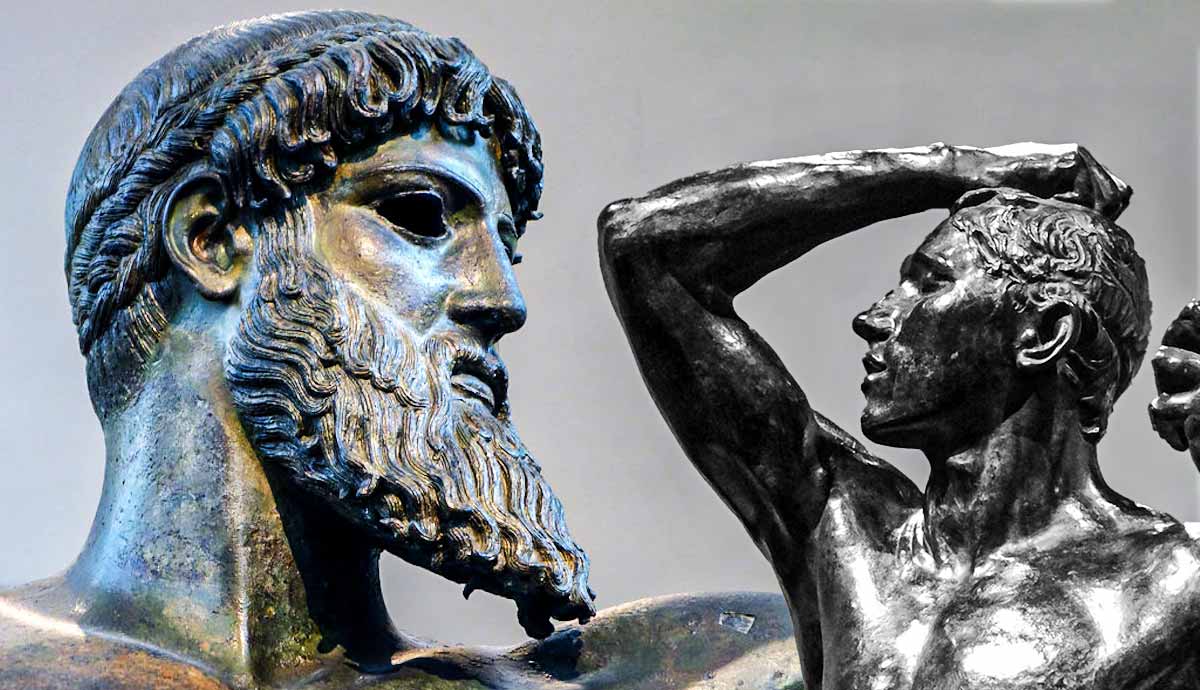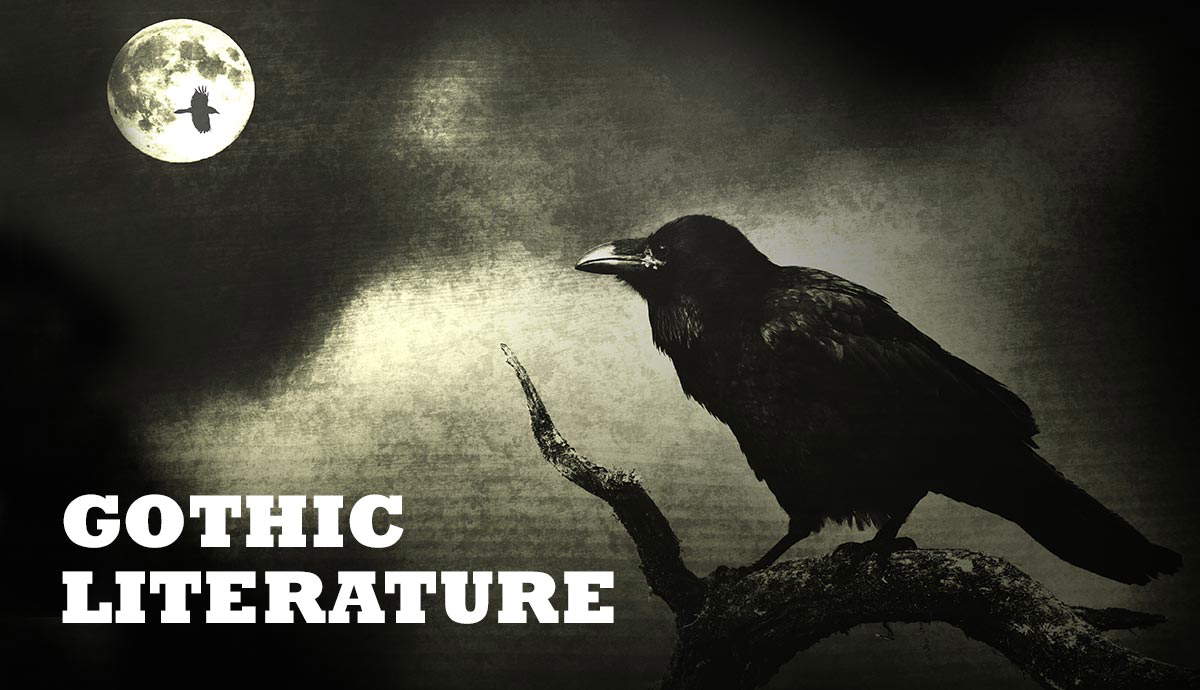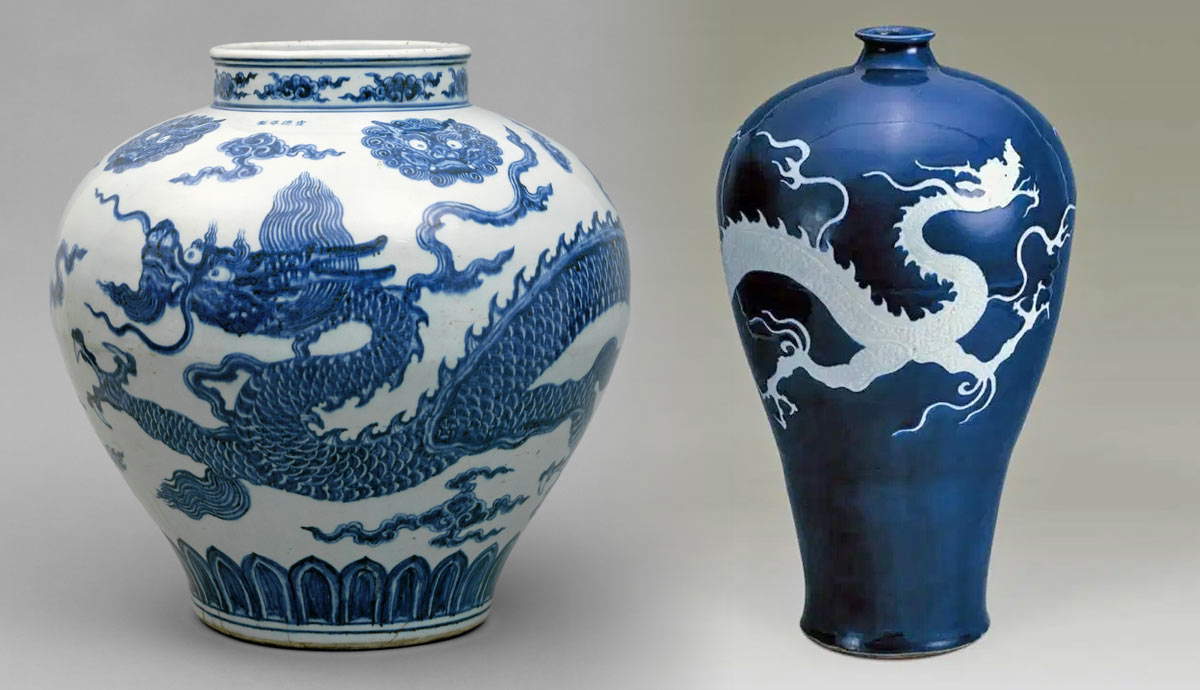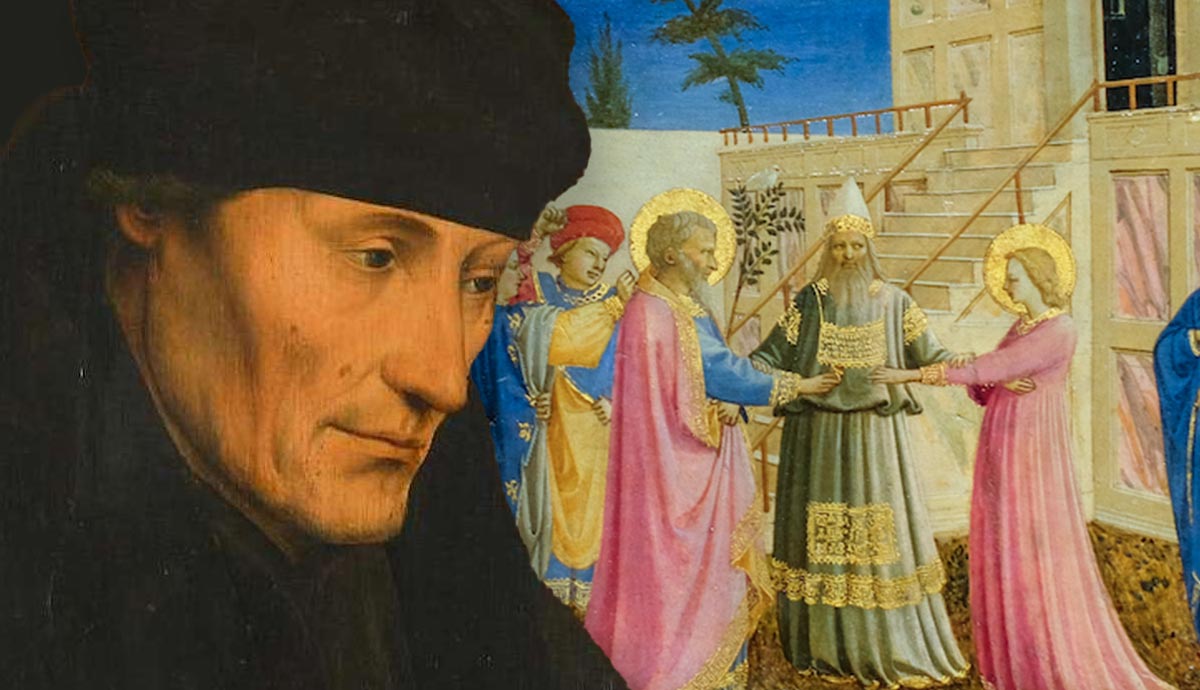
The Renaissance was symbolic of an intellectual shift in Western Europe that emphasized and promoted values such as education, individualism, and objectivity via humanist philosophies. This way of thinking had an impact on politics, art, and especially religion. The values promoted by humanists created waves in both religious belief and practice that were foundational to ruptures in Catholic and Christian societies.
Shifting Economies and Politics in 15th-Century Renaissance Europe

What is humanism and what was the Renaissance? Although these are terms commonly used today to refer to the time period in Northern and Western Europe between the 14th and 16th centuries, these were concepts actually coined in the 19th century by French scholars, and would not have been how people of that time referred to themselves. With that in mind, in using these terms, scholars have referred to these centuries as a form of ‘rebirth’ of antiquity, specifically of the arts, principles, values, philosophy, literature, and language of the Classical societies of Ancient Rome and Greece.
Western Europe at this time was enduring a period of transition through politics, economics, social dynamics, and religion. One of the ways was through the invention of the double banking system, which allowed for individuals and their families, especially in Florence, to accumulate unprecedented amounts of wealth, such as the Medici family. The economy also shifted through developments in trade that created opportunities for people to make a profit as merchants. The rise of wealthy families impacted the political landscape of Western Europe because these families could now vie for political power through the influence of their new wealth.

Italy, for example, in the 14th and 15th centuries was not the unified country as we know it in the 21st century, but was instead a mosaic of different political powers that were separated by regions: Florence, Milan, the ‘Papal State’ which spread from the area around Rome all the way north to Bologna and its surrounding regions, and the Kingdoms of Naples and Sicily (to name a few). These new, increasingly wealthy city-states began to accumulate more political influence at the same time the Catholic church was struggling to maintain power. Additionally, even within Catholicism there were fractures, as there were differences between Western European Catholicism and Eastern Orthodoxy, as well as the threats of Constantinople in modern Istanbul being overpowered by the Ottomans. Classic Greek and Roman texts were introduced into Western Europe through these circumstances.
Classical Texts Trickle Into Western Europe

In addition to Ancient Greek and Roman texts being brought to Western Europe by the Crusades from the 11th to the 13th centuries, Greek texts were also introduced during the 15th century. One circumstance was in 1438, ninety-three years after Petrarch found the letters of Cicero in Verona. The Papal states in modern Italy requested the Council of Florence, funded by the Medici family, to help them unify the Orthodox and Catholic churches. This was in order to form an alliance that would keep Constantinople from being seized by the Ottomans. This meeting brought people from countries all over the Christian and Catholic world, such as Armenia, Ethiopia, Egypt, and Constantinople, whose representatives included many Greeks.
With their arrival they also brought parts of their cultural heritage, including Greek literary examples. Another circumstance in the 15th century was through the actual fall of Constantinople to the Ottoman Empire, which caused the Greeks living there to flee to Western Europe, bringing with them their culture’s literary achievements. Through the spread of Greek texts into Europe, the study and understanding of them inspired what we refer to as humanists and their principles.
As more examples of Ancient Greek literature circulated across Western and Northern Europe, scholars and members of churches (who could read Latin) became influenced by their philosophies. Ancient Greeks wrote about proper forms of government, lifestyles, education, and perhaps most importantly, of individualism, criticism, objectivity, and self-discovery. The last four points heavily influenced humanists. Objectivity urged people to learn and discover the world for themselves, which had a considerable impact on perceptions of how people should have a relationship to their religion.
Religion Prior to Humanism

Prior to the Renaissance, in Western Europe, the church and members of the church were the mediators between people and God. Sacraments, or religious actions performed by church members, were how people could have divine or spiritual connections. These were things such as baptism, communion, confession or penance (repenting for sins), and marriage. Additionally, sermons would be held not in the language of the region, but in Latin. This is why art was commissioned by churches. It became a visual tool of instruction to educate the masses—who were otherwise illiterate—in religious stories, ideas, and activities. Thus, everyday people were reliant on churches for their religious experiences, and this fact gave churches a lot of political and social power.
However, as mentioned previously, the power of churches began to dwindle in the 15th century due to political changes across the modern Italian landscape. The Roman Catholic church decided a way they could legitimize their power (meaning to prove they still had it) was through reconstructing Rome, including St. Peter’s Basilica. Lacking funds, they decided one way they could fund the reconstruction was through indulgences, which were documents that people could pay for that would relinquish them of their punishments for sins. The Roman Catholic Church even went so far as administering indulgences for sins people had yet to commit.
Additionally, prior to 1450, knowledge (mathematical, religious, philosophical, etc.) in Western Europe existed in the form of manuscripts, or texts written by hand. However, the first European printing press was created by Johannes Gutenberg (based on earlier versions invented in East Asia in the 12th and 13th centuries), a German who originally wanted an invention to recover financial losses from a previous venture. In fact, Gutenberg actually made money by printing indulgences for Catholic churches. However, the legacy of his invention would help circulate humanist principles in the following century.
Religious Humanism of Erasmus and Martin Luther

Fueled by the objectivity, individualism, criticism, and self-discovery of Classical texts, people such as Desiderius Erasmus, a Christian monk from Rotterdam in the modern Netherlands, argued that rather than being reliant on churches for religion and religious experiences, people needed to educate themselves on the Bible and live their everyday lives emulating its values. In the Enchiridion Militis Christiani (Handbook of the Christian Soldier) he wrote: “What does it matter that your body has been washed, as long as your mind stays filthy? What point is there in your being showered with holy water if you do not wipe away the inward pollution from your heart?” Further, in his translation of the New Testament, the preface (titled “The Paraclesis”) urged readers to read the scripture themselves. This reflected the reverence for knowledge and self-discovery that was permeating humanist and Renaissance thought.
A contemporary of Erasmus was Martin Luther, a monk from Eisleben in modern Germany. Luther argued that the only thing people needed to have a relationship with God was their faith, not the actions administered by churches, and especially not indulgences. Luther was especially critical of the Roman Catholic Church, seeing it as a corrupt institution that took advantage of people’s faith to benefit their own enterprise. Luther wrote the 95 Theses, or Disputation on the Power and Efficacy of Indulgences, in 1517 that listed his criticisms (numbering ninety-five) of the Catholic Church and how it functioned.
This document was allegedly nailed to the doors of the Catholic church in Wittenberg. Additionally, Luther translated the Bible into Germanic vernacular to encourage the literacy of people outside the church, encouraging them to do the same with their own languages. Thanks to the printing press, the literature, ideas, and criticisms of Erasmus and Martin Luther spread throughout Western Europe. This would influence later scholars, such as John Calvin in Switzerland.
The Protestant Reformation

Protestant is derived from the Latin protestari, or to protest. The Protestant Reformation (1517-1648) was not just concerned with religion, but also transformed into a political and social movement that protested, or objected to, the institution and power of Catholic churches. It spread throughout Western Europe at the same time the Renaissance was taking place in the 16th century, but had the biggest impacts on England and Northern Europe, such as Germany and the Nordic countries.
In England, Henry VIII famously popularized Protestantism, however, this was not based on his religious beliefs. Instead, it was a political move to undermine the authority and power of the Roman Catholic Church, as their laws regarding re-marriage were getting in the way of his plans for social and political power. Although Henry VIII was a devout Catholic, he even defended Church sacraments, he declared himself the Supreme Head of the English Church. This move weakened and nullified the power the Catholic Church had over England, a significant historical moment at a time when the Catholic Church was already struggling to maintain power.
Following the conversion to Protestantism, monasteries and religious works of art throughout Western Europe were destroyed or painted over, as many of them depicted religious scenes from the Bible (because, as previously mentioned, they would be commissioned by Catholic churches). This was seen, through Protestant eyes, as being guilty of iconoclasm, or praying to an image rather than God himself. Further, following the ideas from Martin Luther’s 95 Theses, Protestants were encouraged to read the Bible themselves, and the number of sacraments performed by churches decreased from seven to two, including only baptism and communion. The relationship between people and their religion shifted from a reliance on the church to a reliance on the Bible, and thus required individuals to be their own mediators between themselves and God.
